Marsou - Timeless Children’s Clothing Made in France
THIS IS HER 14TH CHILDREN’S WEAR COLLECTION. WE MEET MARSOU FOUNDER LAETITIA LETELLIER FLANDRE IN HER STUNNING SHOWROOM IN THE 6TH ARRONDISSEMENT OF PARIS. THE ENTREPRENEUR AND MOTHER OF THREE STARTED HER OWN SUSTAINABLE KIDS FASHION BRAND WHERE THE DESIGNS ARE TIMELESS AND THE CLOTHES ARE ALL LOCALLY PRODUCED OUT OF NATURAL FABRICS. GINGHAM PATTERNS, FLOWER PRINTS AND HAND-DYED MATERIALS MAKE UP EACH COLLECTION. LAETITIA SHARED HER FOUNDING STORY WITH US, TOLD US WHO INSPIRED HER TO START THE BRAND AND INTRODUCES US TO MARSOU’S CURRENT AUTUMN/WINTER COLLECTION.
words by SARAH MARIE FRANKEN
photographs by ANDREW DAY
SARAH: What inspired you to start your own children’s wear brand?
Laetitia: When I had my first baby, I didn’t find any cute, fairly-made children’s clothes at reasonable prices. At that point the only options were brands like Zara, Bonpoint or Jacardi, and none of these brands are producing in France. No one was working with organic fabrics. And only a few were doing beautiful things. I like the style of Bonpoint, but it’s quite expensive. That’s when I had the idea to start my own brand with beautiful sustainable children’s wear that is 100% made in France.
What is the mission behind your brand?
I remember people asking me why I am producing locally. Many told me it would not be possible. For me it was completely normal, the brands I worked for before starting Marsou, all produced in Europe. I want to prove that we can produce beautiful, made in France fashion that is sold at reasonable prices.
What were the brands you worked for before starting Marsou?
Right before Marsou, I worked at Chanel’s beauty marketing department in Paris. Before that I worked in marketing for the champagne and cognac specialist Rémi Martin, and before that I have spent a year in New York working for Van Cleef.
“When I had my first baby, I didn’t find any cute, fairly-made children’s clothes at reasonable prices.”
Laetitia Letellier Flandre
You worked for Chanel for 5 years, when did you get the idea to start your own kids’ fashion brand?
I started Marsou one and a half years before I left Chanel, I did both jobs parallel for that time. I left Chanel after my second child. During the maternity leave I worked like crazy, because I wanted to see if Marsou was going to work. It got quite successful online, so I decided to not come back after my maternity leave. I loved my career at Chanel, I cannot criticize anything about it. On a personal side though, I was looking to work more creatively and wanted to pursue a deeper purpose within my work. When you work in marketing, you’re not expected to be creative. You have to find ways to sell the creativity of others.
Why did you choose the name Marsou?
The brand is all inspired by my first child. His name is Marin, which means sailor in French, and his nickname is Marsou. The brand’s logo is a little fish because that is his star sign. All the names of the garments are inspired by the sea and nature in general.
How would you describe the Marsou style?
Retro, romantic, natural and timeless. The idea is that you can pass the clothes on to your next child or even to your grand-child in 30 years. The pieces won’t go out of style.
“The brand is all inspired by my SON. His name is Marin, which means sailor in French, and his nickname is Marsou. The brand’s logo is a little fish because that is his star sign.”
Laetitia Letellier Flandre
What do you do with kids’ clothes after your children grow out of them?
I check all my children’s clothes twice a year. A lot of it I pass on to family and friends, especially my younger brother. Everything else, I sell or donate. Marsou has a partnership with “Il était plusieurs fois”, a secondhand website for children’s wear. They buy pieces that are still in a good shape and will resell them. Otherwise, I sometimes sell on Vinted, bring pieces to second-hand stores or to associations. There are a lot of places where you can sell or donate your children’s garments now. There is even a corner at the department store Printemps that sells used children’s wear now!
What textiles do you use?
At the beginning we used only deadstock materials from high-end French luxury houses. But because of the quantities we produce now, we mostly use organic fabrics. I would say 70% of our fabrics are organic, and 30% are upcycled.
“you can pass the clothes on to your next child or even to your grand-child in 30 years. The pieces won’t go out of style.”
Laetitia Letellier Flandre
Where do you buy the organic fabrics?
We have different suppliers, we buy most of them in Portugal, in Spain and in the North of France. The North of France is still very big in fabric production.
Do you go there yourself?
No, because they send me the samples and sometimes the French suppliers are even coming to Paris. He shows me all the new things in person and I can choose what to use. By now I have a lot of contacts, this is what was difficult at the beginning. It was hard to know where to start, I didn’t know good suppliers, photographers or other contacts. The challenge was to find the good ones! Once you built your network, it is much easier. I know exactly which supplier has what, and when I come up with an idea, I know who to contact.
“Because of the HIGH quantities we produce by now, we mostly use organic fabrics. I would say 70% of our fabrics are organic, and 30% are DEADSTOCK.”
Laetitia Letellier Flandre
What is your most used material?
For the winter, I use wool and corduroy made from 100% cotton. It’s never a mix with synthetics, it’s always 100% natural. For the summer I use linen and cotton.
Do you have any advice for parents for when they shop garments for their little ones?
Always look at the label. Brands are legally obliged to inform about the composition as well as the origin of the garments. I don’t buy things that come from the other end of the world, that would by my first advice. And secondly, try to only dress your children in natural materials. Cotton, linen, wool, cashmere or a mix of those. It is the same as the food you give your children, you want them to eat as natural as possible. You don’t want them to eat processed foods. It is the same with fashion, their sensitive skin can react to synthetic fabrics like polyester, rayon or even viscose. Try to buy as natural as possible! And my last tip is: always wash the clothes after you buy them. The workshops can be very dusty, because they work with fabrics all the time. Especially for young children it’s important to wash the garments before they are worn for the first time.
Where are the garments produced?
I have two places in Paris where I produce, and they have around 10 people working at each. That’s where the garments are sewn together.
Who does the pattern making?
The pattern maker is a freelancer who I have worked with for 6 years. She knows all the sizing and the brand visual language by heart. I make a drawing, the best that I can, and tell her about all the details I imagine. Then she adjusts the drawing, we exchange ideas, we improve the design together, and then she will make a prototype. We change it up a few times, and once we are happy with the design, it is going to the workshop for production.
Let’s get into the design! You are the head designer, but every season you pick a member of your community to guest design with you. How many pieces do they design?
They design one piece within a collection! It used to be 5 or 6 pieces, but they design as a hobby, so it got complicated to find the inspiration for so many garments. Usually, I collaborate with young mothers who work in creative jobs, one was a photographer, one was a stylist, another worked in PR.
How do you make sure the garment the guest designer makes fits into the collection?
I direct them. They always do a romper or a dress, these are my two bestsellers. I give them the sizing details and the fabric options. Then they are completely free. They come to me for this collaboration because they like the style of Marsou, so the garment they propose always fits well into the collection.
“Every season I collaborate with young mothers who guest design a piece within the collection.”
Laetitia Letellier Flandre
Do you work with the guest designers in person?
It depends if they live in Paris or not. If they live further away, we collaborate over the phone and emails.
You worked with 9 guest designers since your launch in 2016, how do you find them?
It works both ways, either I ask on social media and our website for people who would be interested to design with me or I contact someone who I think would be a great fit! For example, there was a stylist who helped with one of the photo shoots. She liked the style and really understood the brand’s identity. So, I asked her if she wanted to do a drawing for Marsou. The people that design with me are always excited to do it, not just because it’s a small, fun paid job opportunity, but also because all of them have children on their own and love seeing them wearing a garment they designed.
Your pieces are designed, handmade and hand-dyed in Paris. What is the dying process like?
You would be very surprised if you see the place in the 10th arrondissement! It’s a tiny workshop with 2 people working there, and it honestly looks like a kitchen. They have powder in every imaginable color and big pots where they dye the fabrics in. This is a small workshop. When I have very big productions, I have a dying company in Nantes, in the West of France. They are called Bonnin. If I produce 100 pieces I go to the workshop in Paris, but if I have an order for 500, I go to Bonnin.
What about the flower or gingham patterns?
They come from the organic fabric suppliers. I work with a freelancer who specializes in designing beautiful patterns like this flower pattern from our autumn/winter collection. In every collection, we have two patterns of hers that I send to the suppliers and they make the fabric for us. They do some trials and we choose the best one.
“I work with a freelancer who specializes in designing beautiful patterns like this flower pattern from our autumn/winter collection.”
Laetitia Letellier Flandre
What was a proud moment within your work?
The day I started to pay myself! The beginning of starting your own company can be tough, you invest a lot of time and work with only little payback. Also, you have to build your network. Now, I am comfortable in my position. I know who to contact, I have people I trust that I work with, I have experience and know how to coordinate everything. It’s also a question of habits and training, the more collections I do, the better I get. This is really nice, because I feel more comfortable and I am less stressed. Before, when a collection wasn’t ready to ship at the exact date, it gave me sleepless nights. For example, when I had to ship a collection on the 1st of July, but I could only ship it on the 15th. Now I know it’s ok and it can happen. Experience gives you the confidence to explain yourself to the retailors.
Where are your pieces sold?
On the website, and at some retailers. I have 30-40 retailers all over the world by now.
“One of my proudest moments was when I started to pay myself!”
Laetitia Letellier Flandre
Which piece do your own children love the most?
The coats! My kids wear the Marsou coats every day. They have little hoods, so they look like elves walking down the streets of Paris. Everyone on the sidewalk tells them how cute they look. My children are my best advertising! They always answer that their mom made it, I should tell them to say that it’s by Marsou!

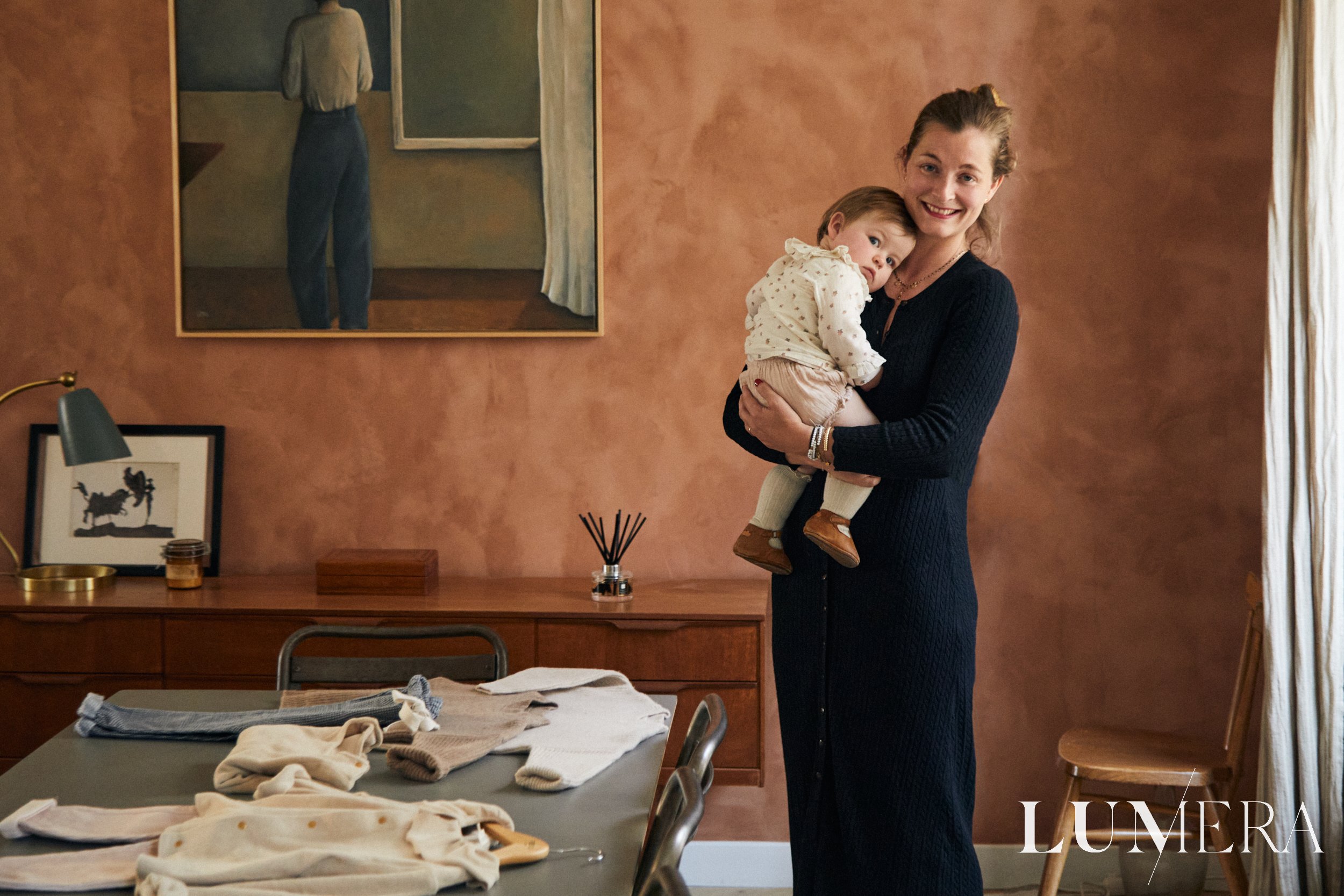
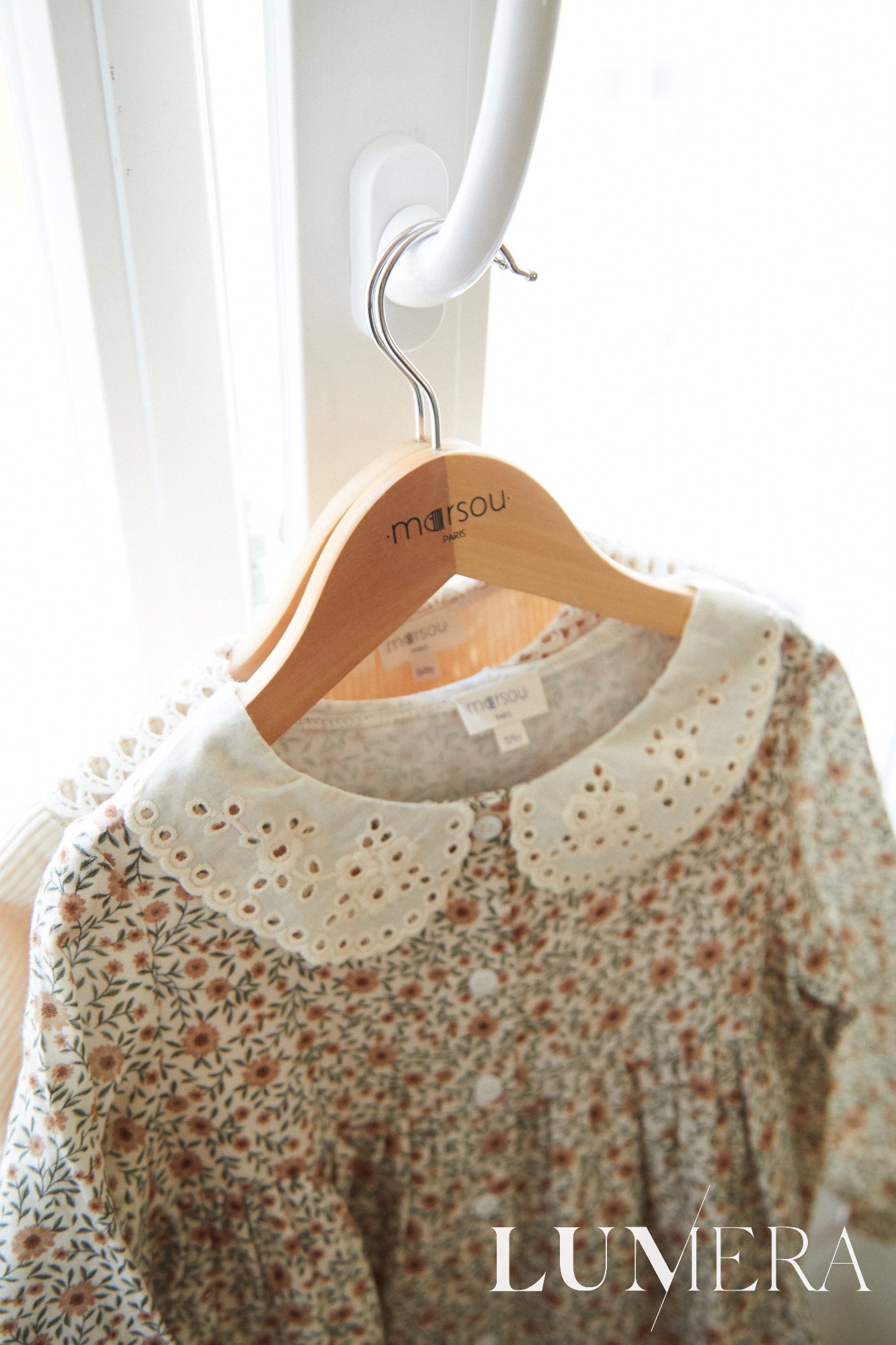
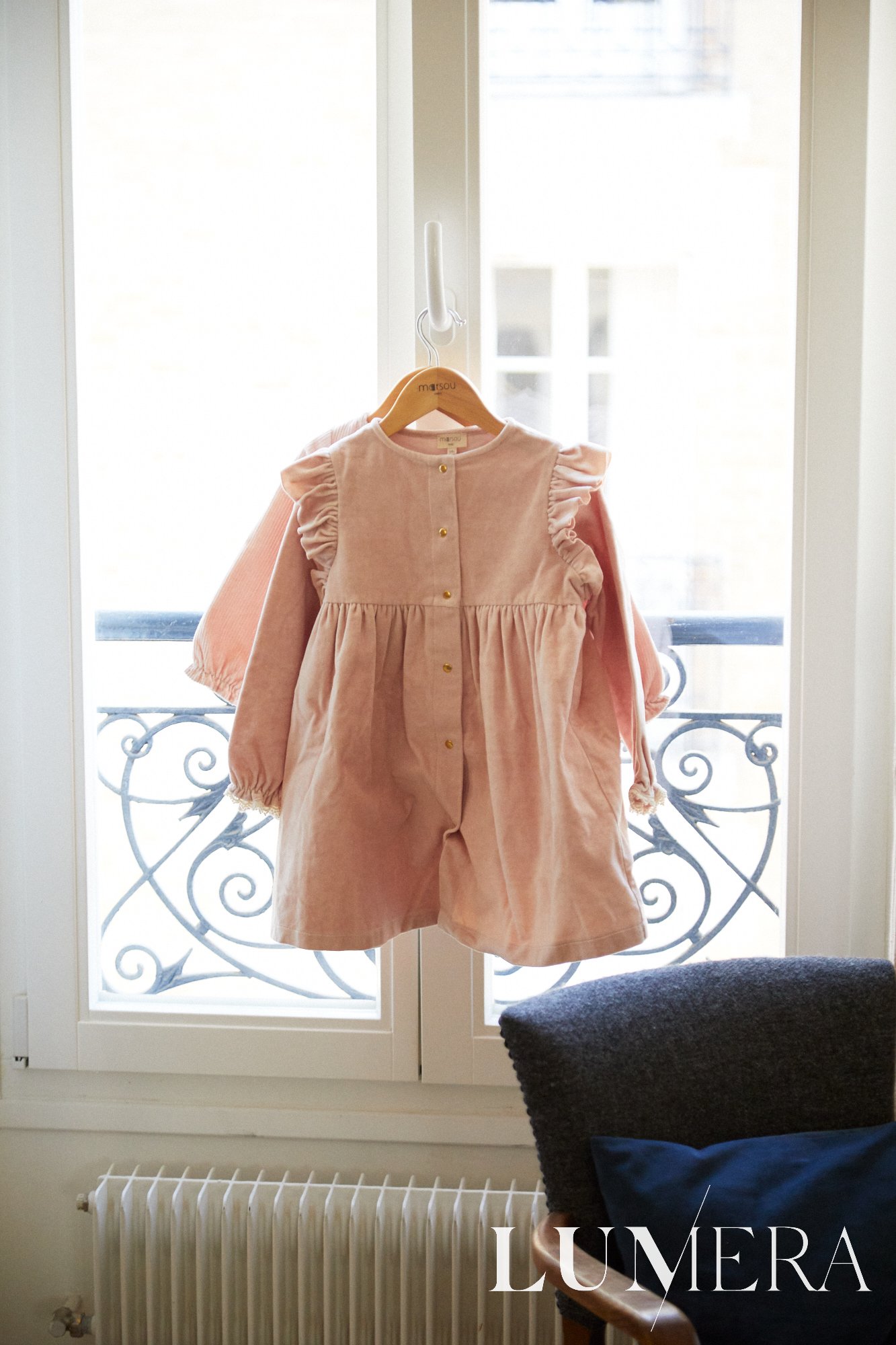
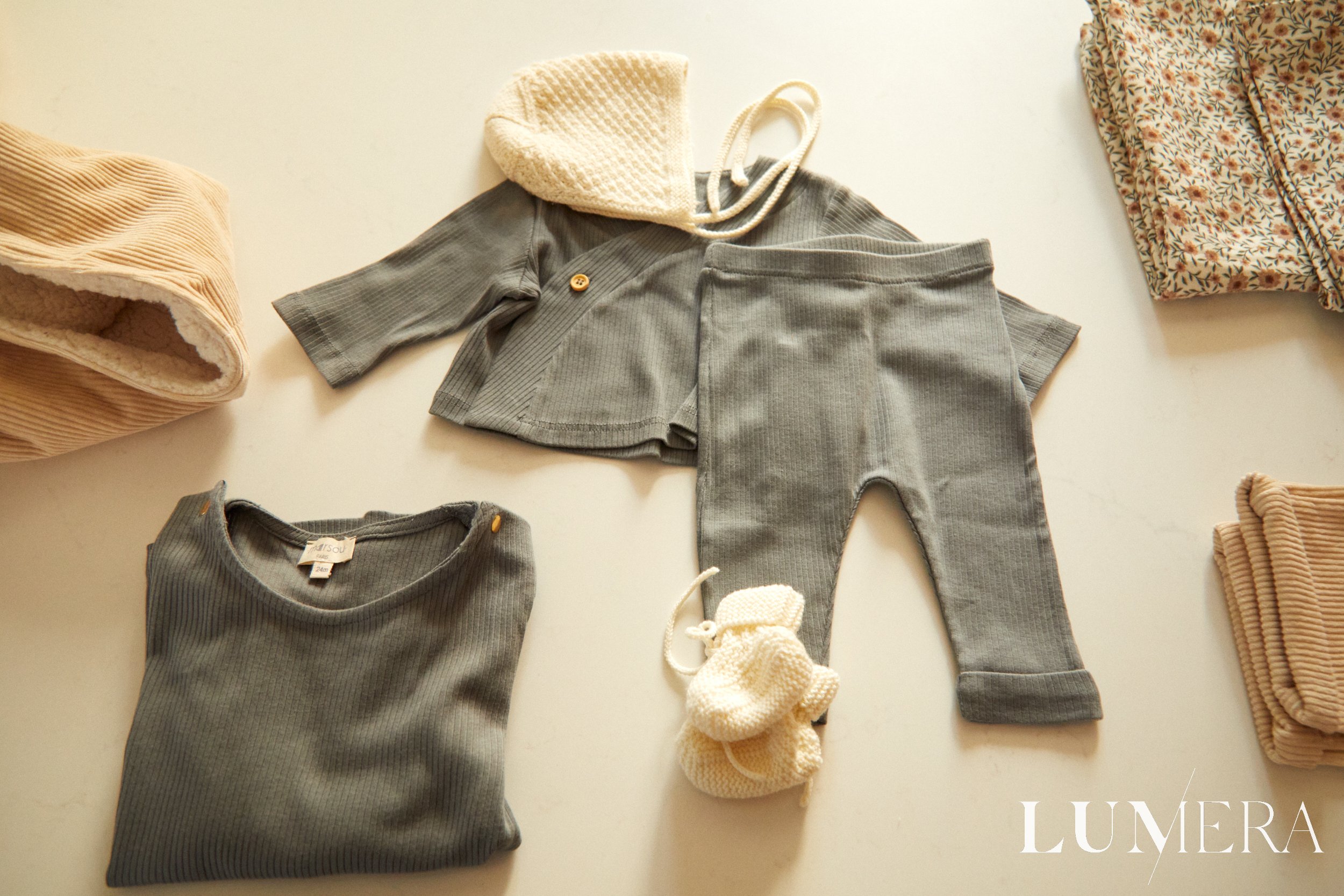
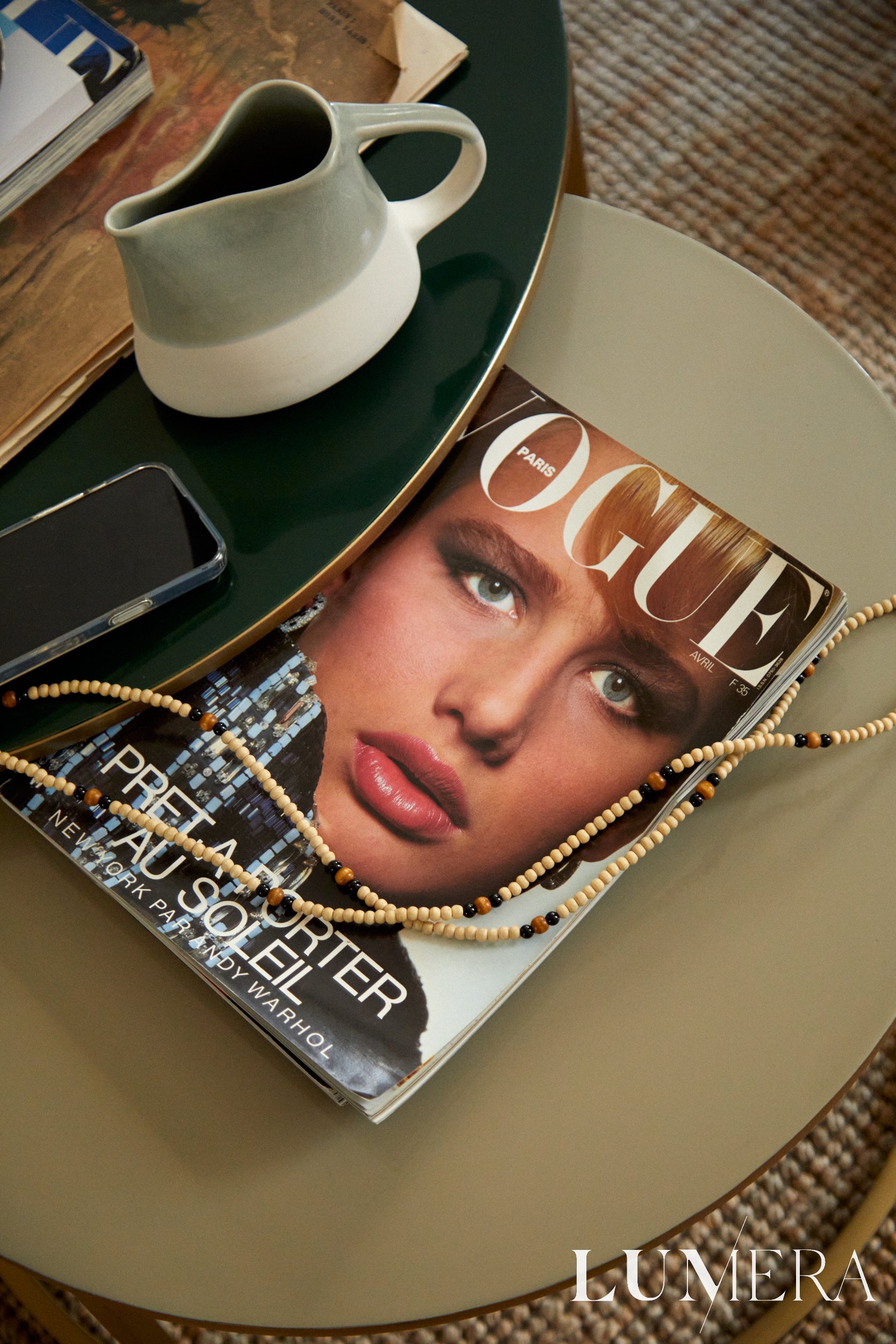
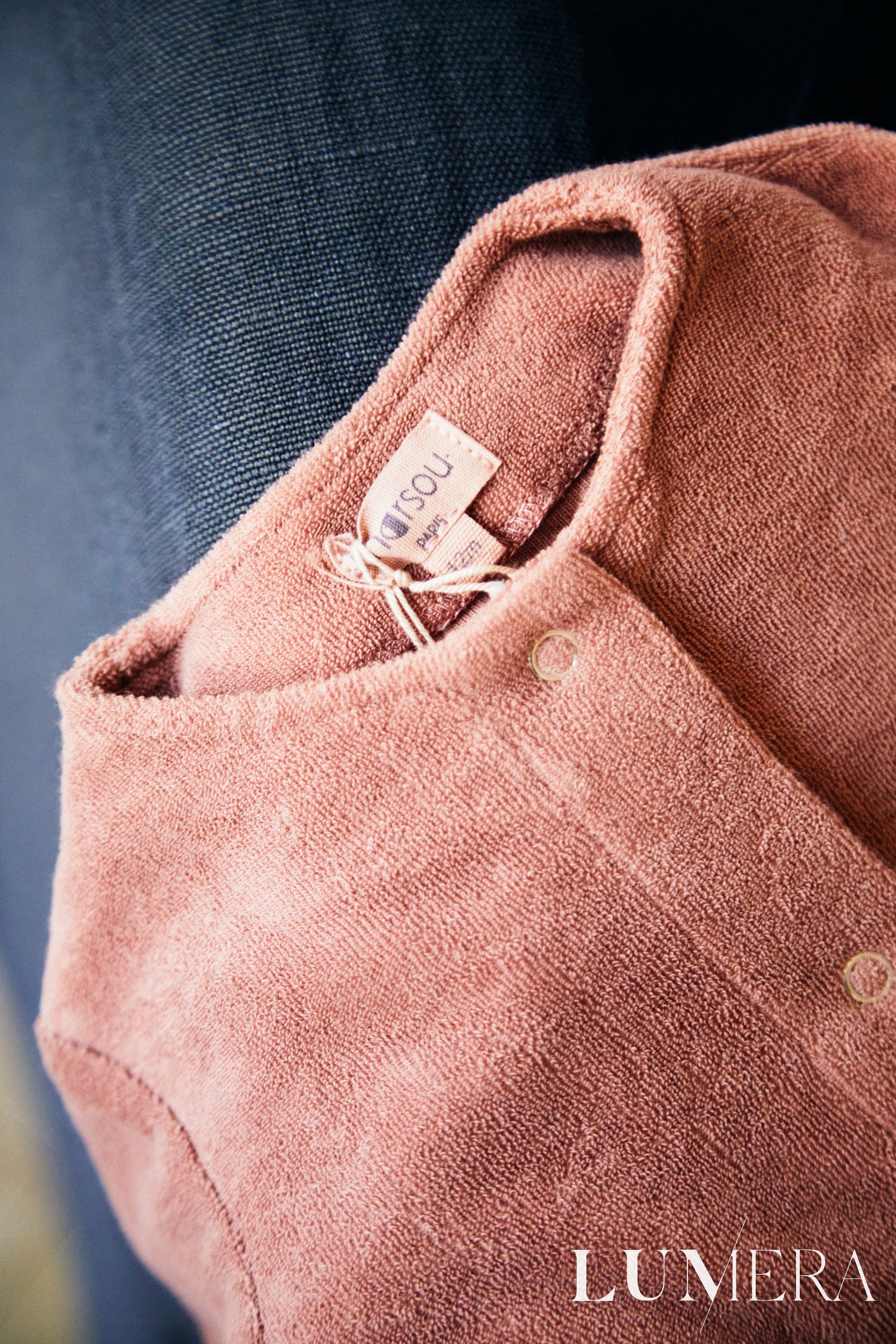
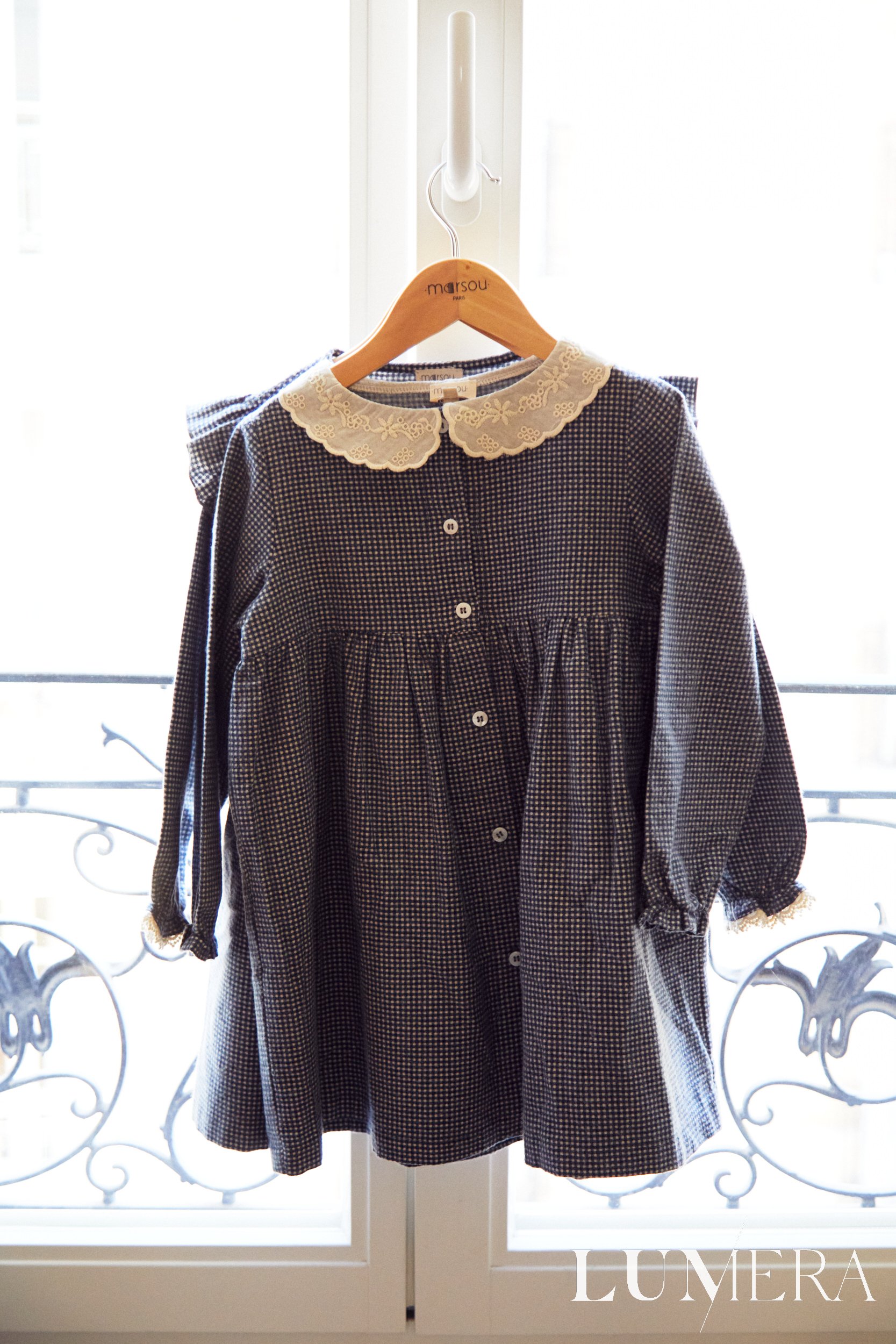
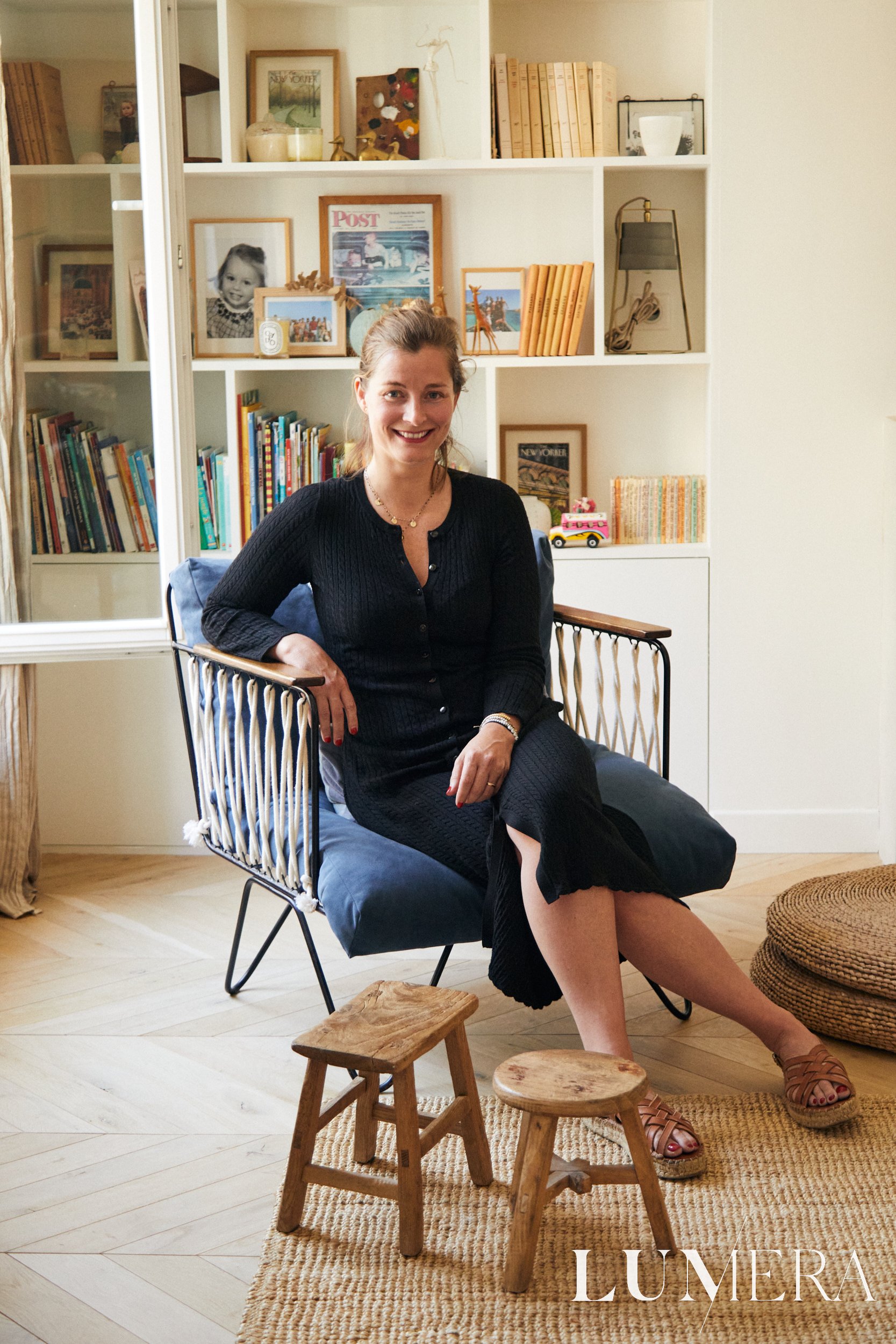
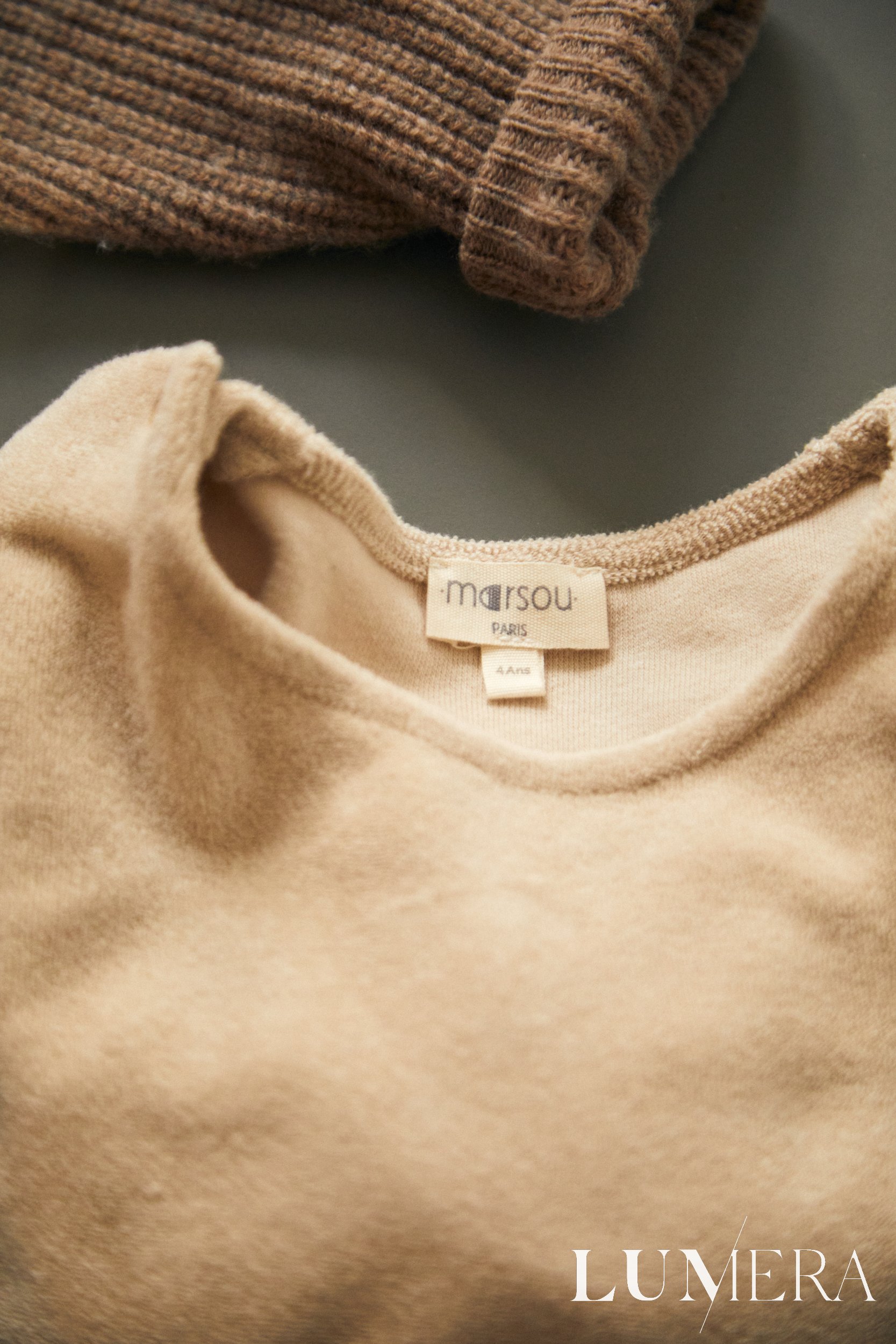
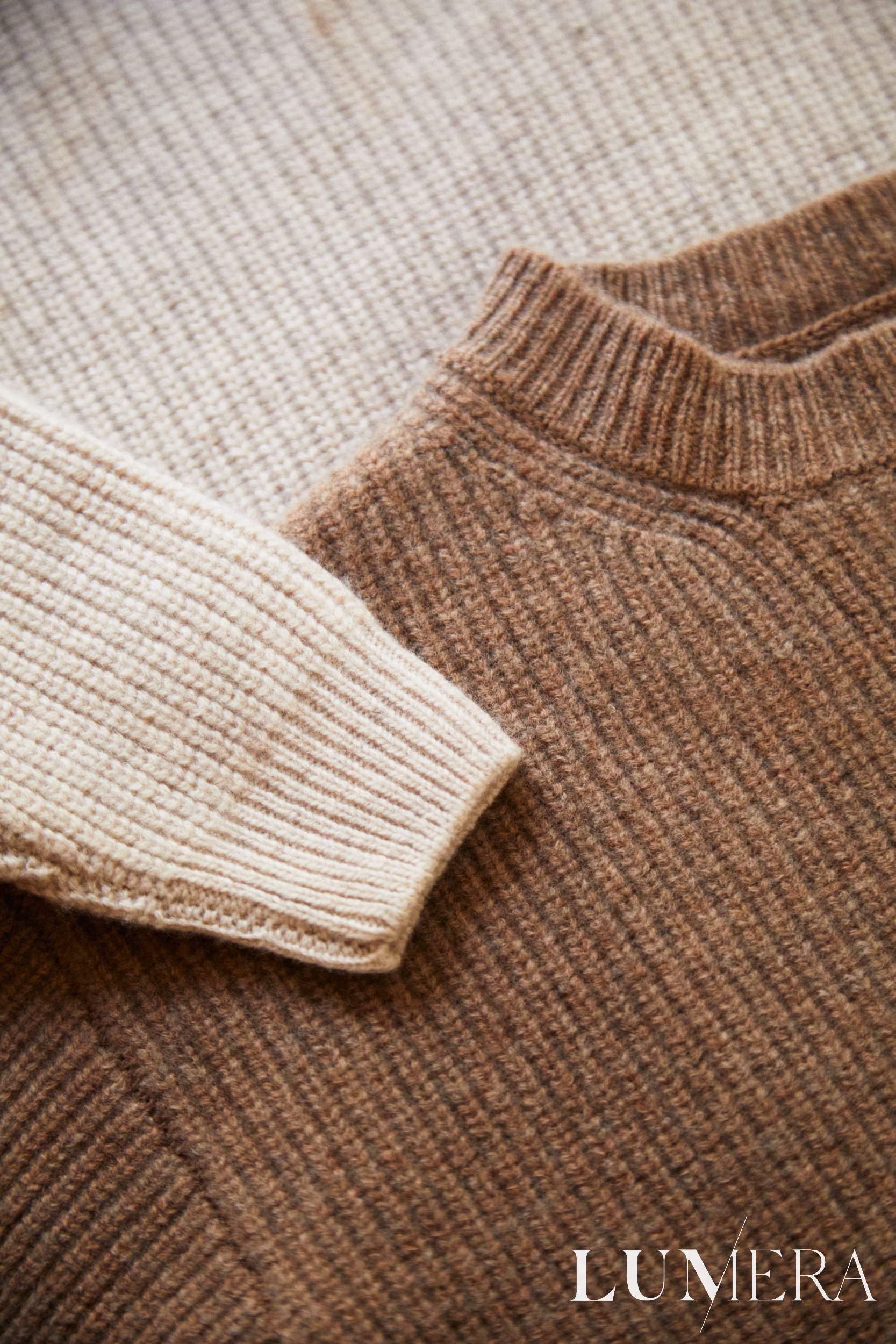

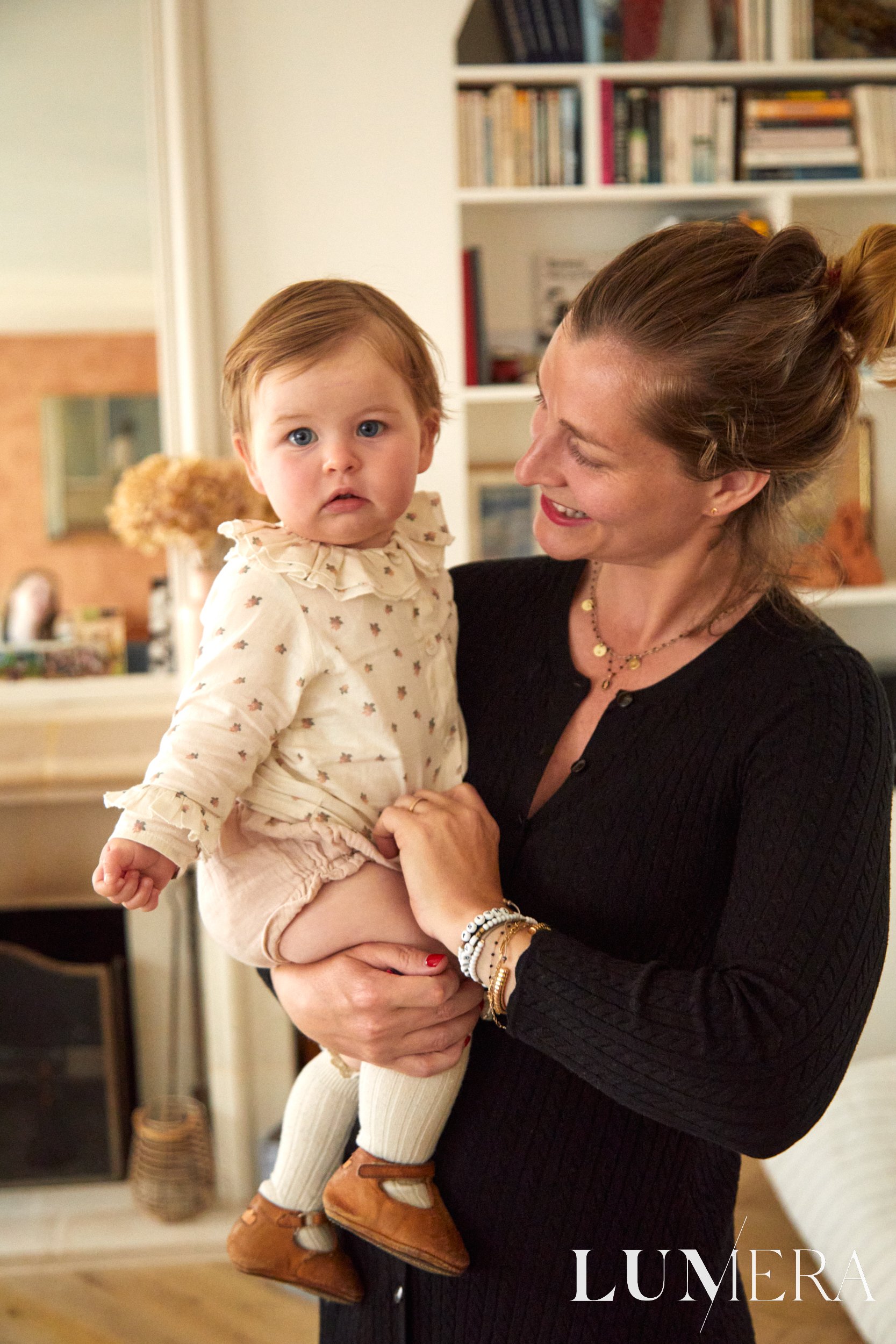
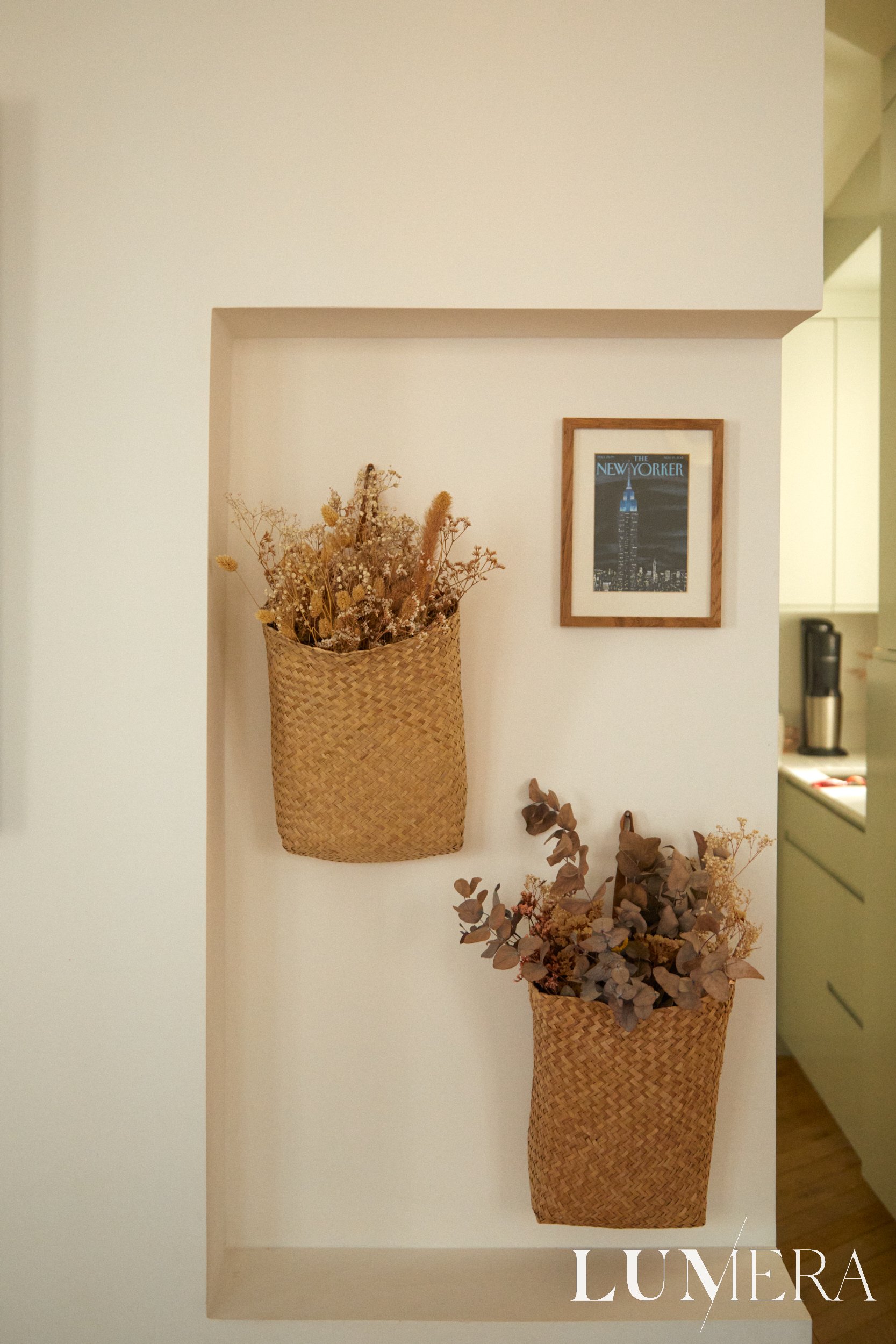


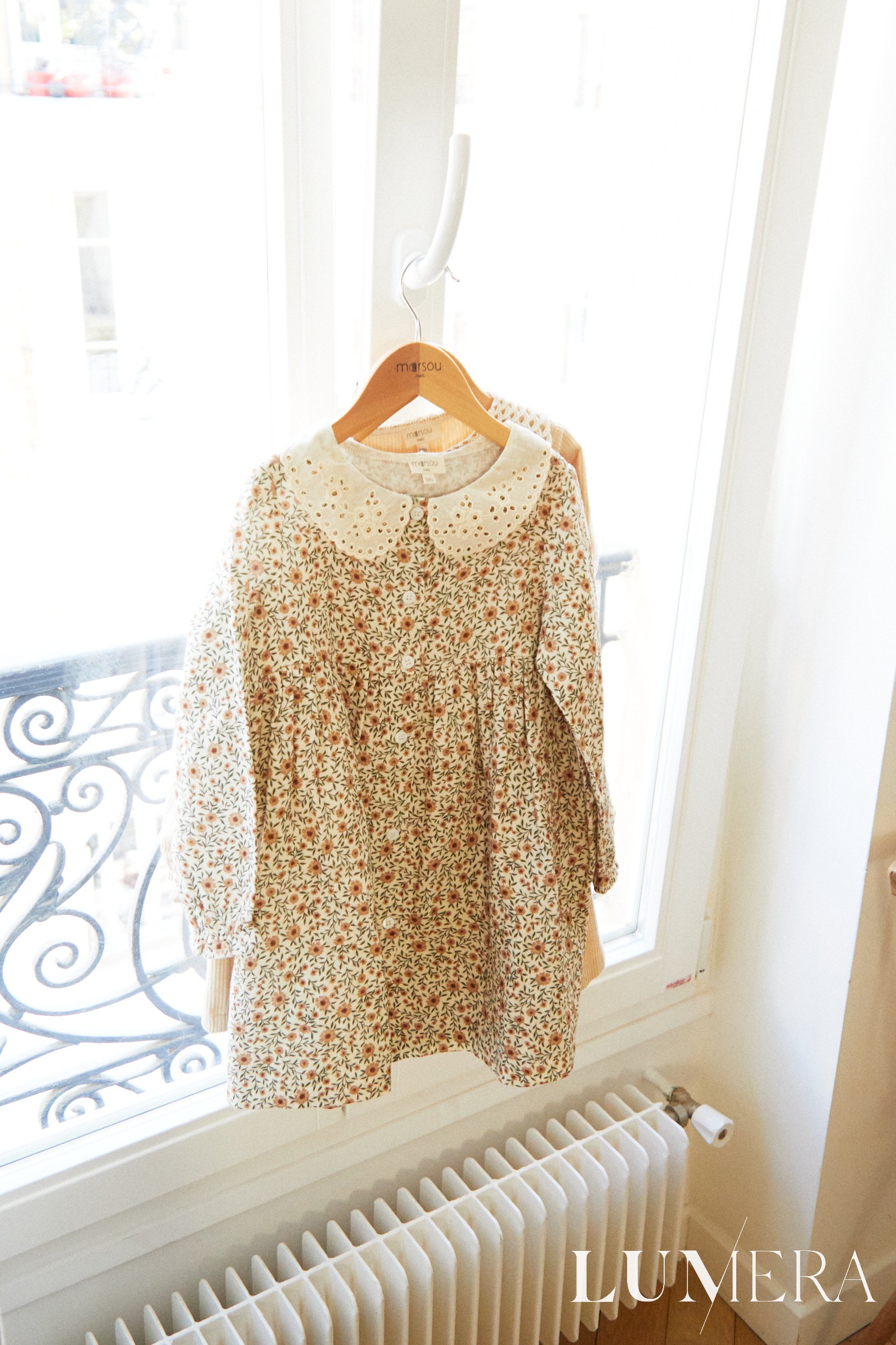
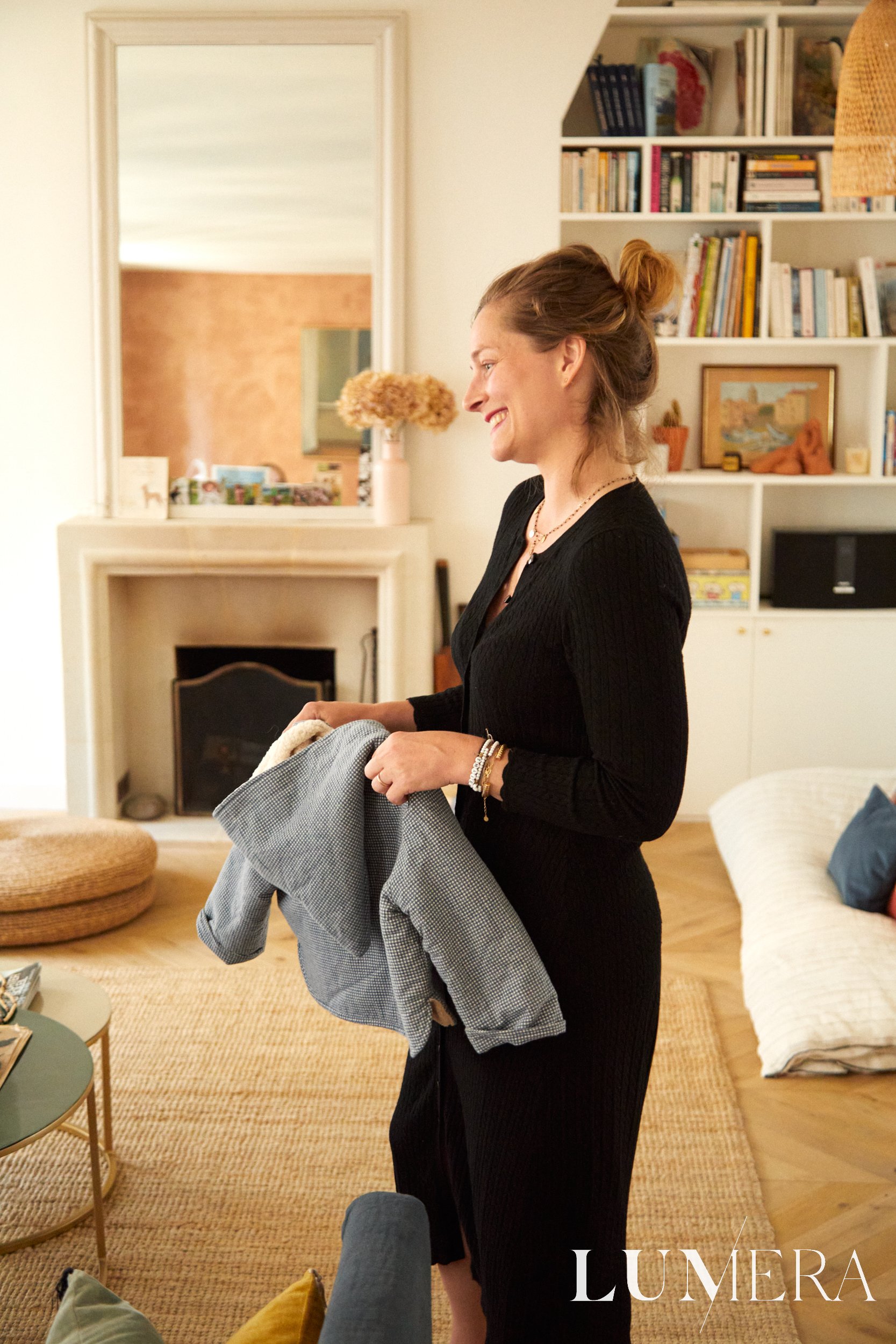
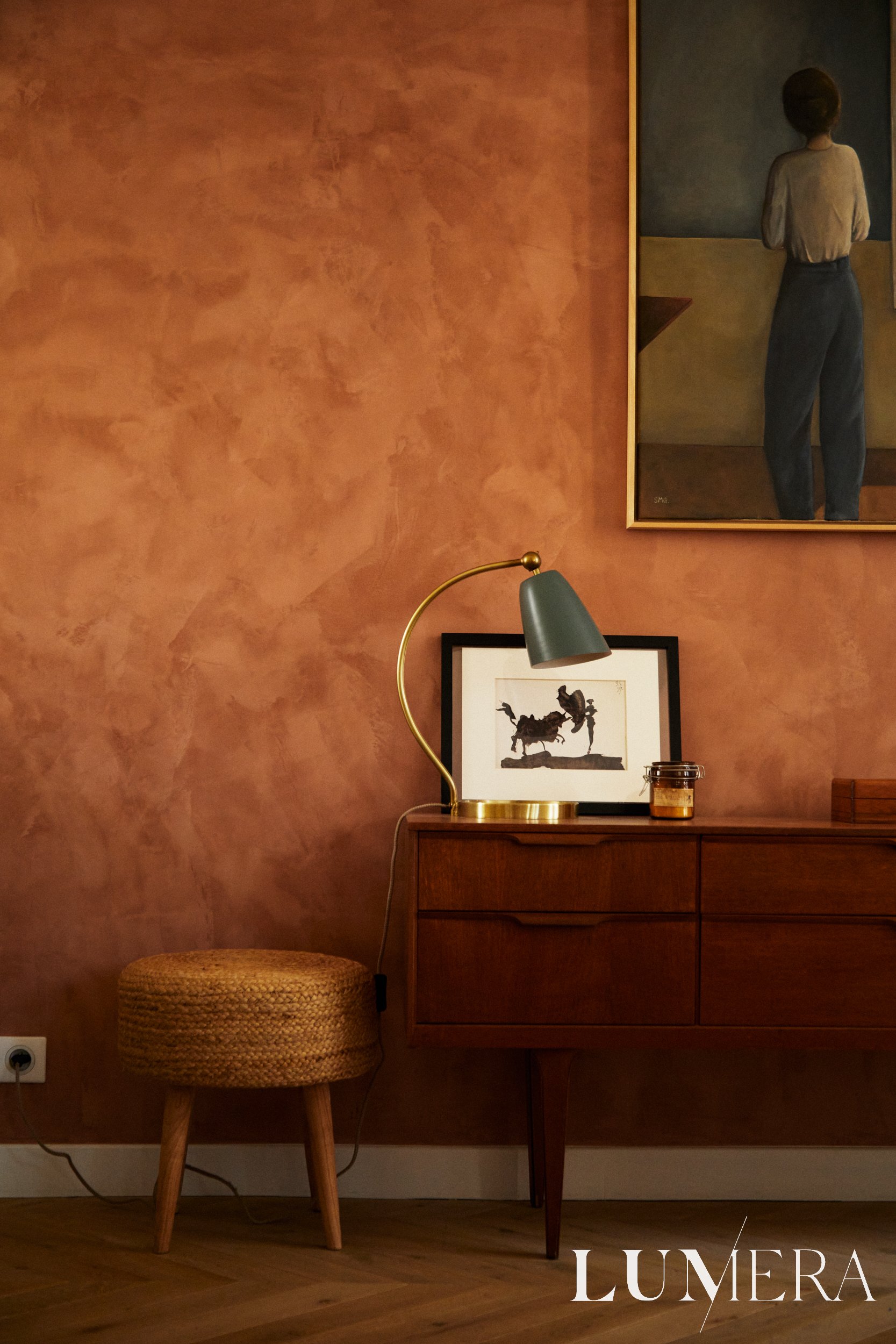



What do you wear for Sunday brunch? Or a relaxed Sunday at home? Daphne de Baat styles six sustainable outfits for Sunday occasions in New York City.